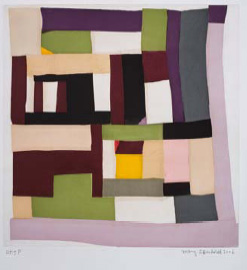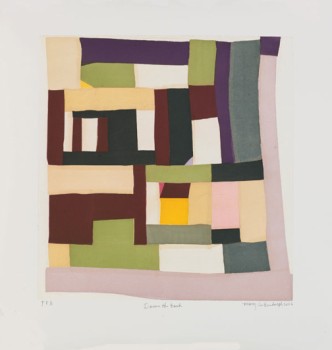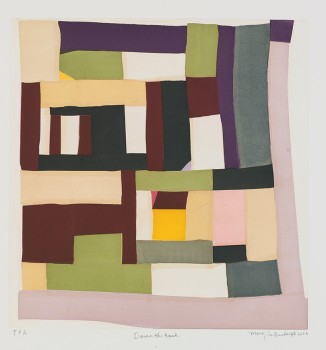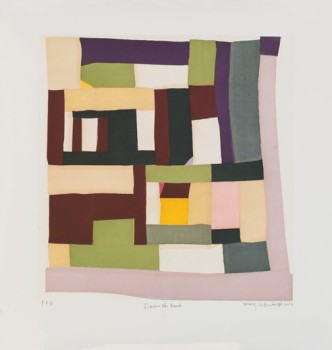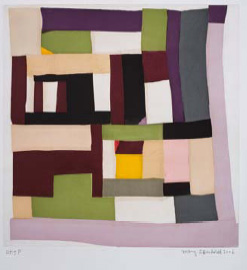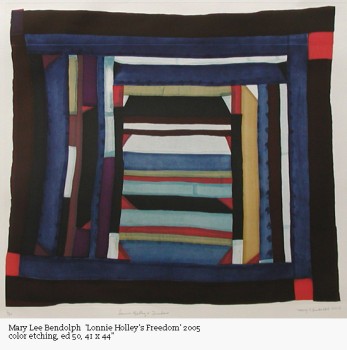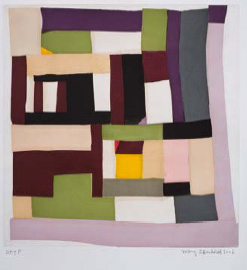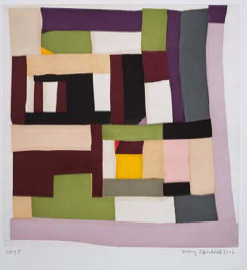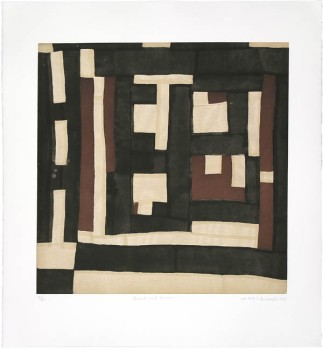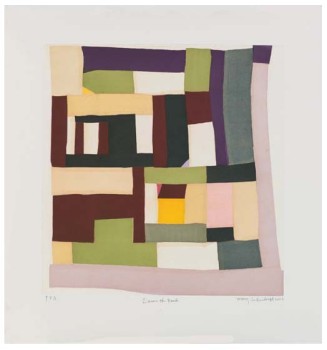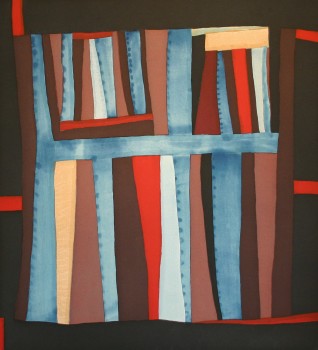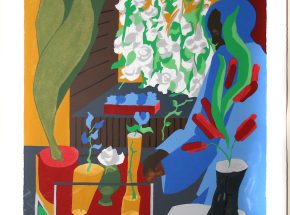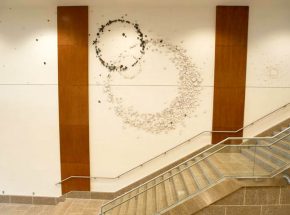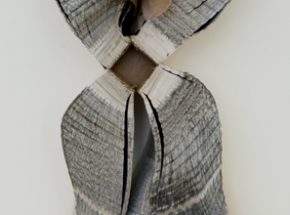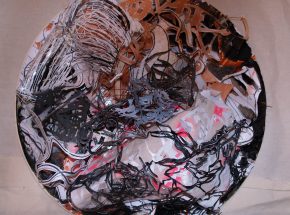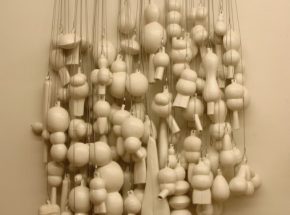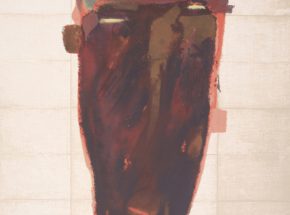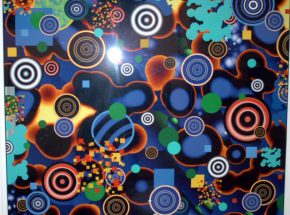
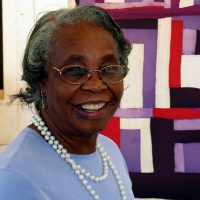
Gee’s Bend is a small rural community nestled into a curve in the Alabama River southwest of Selma, Alabama. Founded in antebellum times, it was the site of cotton plantations, primarily the lands of Joseph Gee and his relative Mark Pettway, who bought the Gee estate in 1850. After the Civil War, the freed slaves took the name Pettway, became tenant farmers for the Pettway family, and founded an all-black community nearly isolated from the surrounding world. During the Great Depression, the federal government stepped in to purchase land and homes for the community, bringing strange renown — as an “Alabama Africa” — to this sleepy hamlet.
The town’s women developed a distinctive, bold, and sophisticated quilting style based on traditional American (and African American) quilts, but with a geometric simplicity reminiscent of Amish quilts and modern art. The women of Gee’s Bend passed their skills and aesthetic down through at least six generations to the present. In 2002, the Museum of Fine Arts, Houston, in partnership with the nonprofit Tinwood Alliance, of Atlanta, presented an exhibition of seventy quilt masterpieces from the Bend. The exhibition, entitled “The Quilts of Gee’s Bend,” is accompanied by two companion books, The Quilts of Gee’s Bend, and the larger Gee’s Bend: The Women and Their Quilts, both published by Tinwood Media, as well as a documentary video on the Gee’s Bend quilters and a double-CD of Gee’s Bend gospel music from 1941 and 2002.
This exhibition puts the Gee’s Bend quilts in context by featuring the work of master quilt maker Mary Lee Bendolph and those she influenced, accompanied by the art of artists working in the found-object tradition who are part of her artistic sphere, including Thornton Dial and Lonnie Holley. Also shown is another interpretation of the quilt, in which Mary Lee and her daughter-inlaw, Louisiana Bendolph, made a series of fine art prints based on their quilt designs in 2005.
www.quiltsofgeesbend.com
Website
http://www.quiltsofgeesbend.com
